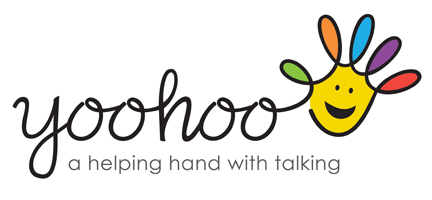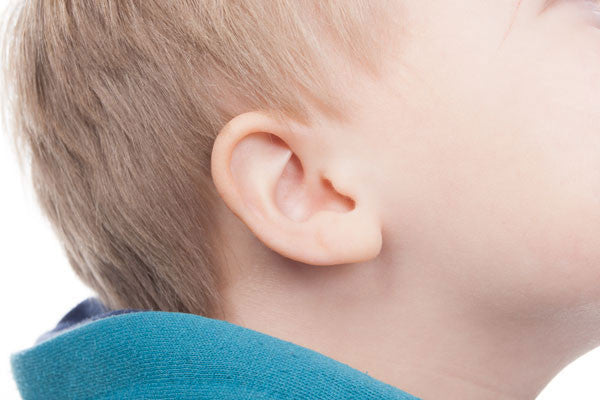Glue ear is a common condition that can affect girls and boys. Typically a speech and language therapist will see a child if their attention, speech, language and communication has been affected. Normally this is associated with a current or history of a long and severe episode of glue ear. For some children glue ear has no noticeable effect on their speech, attention and hearing. For some it can have a marked impact.
So, what is glue ear? It is a condition where the middle ear is filled with a fluid rather than air. It can affect the child’s hearing giving it a dull, muffled quality. Some of my children have said it is like when their ears have popped on an aeroplane others, like having water in their ear after swimming.
For most children, from my experience, their glue ear can sort itself out on its own. However, for the percentage of children where the glue ear is persistent it can be treated with grommets (insertion of a ventilation tube) which help the ear drain. Some of my families have even sort support and intervention from an osteopath.
Typically speech and language therapists use the term glue ear. However, sometimes in medical documents you will see otitis media. This means inflammation of the middle ear. Otitis media with effusion is what the medical professionals call glue ear.
Sometimes it is assumed that glue ear only affects speech sound production skills in children. This can be true; however a child with glue ear can often experience other challenges.
A child can present as withdrawn and not actively seek play with other peers. This can be due to the general noise being overwhelming and the fact that they just find it exhausting trying to stay with the chatter going on.
On the flip side, the child can present as angry and frustrated because they cannot join in successfully with peers play. They feel left out and cannot keep up with conversation and interaction and therefore resort to negative behaviours.
Glue ear can also affect the development of language – receptive (understanding) and expressive (use of).
You may wish to take your concerns to your GP. It is also worth talking this through with your child’s nursery staff or school team. They will be aware of how they can support your child whilst with them. Should difficulties remain then a referral to your local NHS Speech and language Therapy Service is advisable or if you wished seek intervention from an independent speech and language therapist in your area.
To give your chid a helping hand there are a few things you can do at home. These include:
- Talking to your child face to face and where possible making sure you are on the same level as them.
- Using their name to get their attention before you talk to them. I often say a child’s name and wait for them to look to me or turn so there body/shoulders are in my direction before I talk. I may have to say a name a number of times.
- Keeping background noise to a minimum – Turn off the TV if it is not being watch, turn off the radio, try not to talk where the washing machine is working.
- Playing games repetitively with your child. Lots of tea parties, teddy bear play and dolly washing can help promote language development. By doing similar activities again and again you will give your child time to hear and revisit vocabulary. Gradually adding to the language as you go (e.g. slip in adjectives – big, little, possessives – teddy’s, mummy’s, verbs – washing, cleaning etc) helps extend their language repertoire.
- Repeating the language your child says. When I give this advice to the families I support they often say how exhausting this strategy is (and also how many odd stares they get from others when they are out and about!!!). However, this is a great way to support your child. I use this approach to help promote speech and language development. So please do give it a go. When you are next out and about think repeat, repeat, repeat. For example your child sees a car. They may say “tar.” You can respond “car” (pause) “yes car” (pause) “car” You could even add a gesture or a noise. Then when later you see another car and your child labels it you can support this by again reinforcing “car” and then adding new information “red car”.


Leave a comment